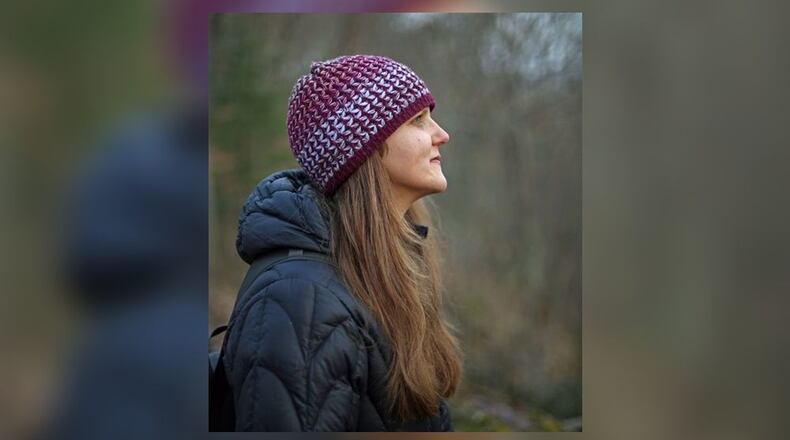The linden tree is one of many species of non-native trees that are selected because they please the eyes of the landscaping and horticultural industry. They are specifically chosen because they have been crossed with other trees to create “desirable” traits – compact forms so they won’t shade out the turf grass or hang over driveways or cars. Some have red leaves so it looks like fall all summer long or produce sterile flowers in the spring that won’t produce “messy” fruit or seeds. They can easily sell these traits to homeowners and cities as beneficial to our well-being, but I promise they are quite the opposite.
Credit: Jim Noelker
Credit: Jim Noelker
Now more than ever, we need to reforest our suburbs and urban areas with the species that were historically present. Where nearly every square foot of concrete, turf grass, or asphalt lies in our region, there was once forest. We needed to take from the land in order to build our homes, hospitals, schools, businesses and roads. And we are still taking to build new housing developments and warehouses. Once a piece of Earth is “developed” it is never the same. Ever. Open up the Google Maps app and zoom out over Dayton – it is very grey. It used to be very green. How does this land change affect the 30% decline in butterflies in Ohio? How does it affect the 48% decline in bird populations? The extinction of insects species? How does it affect our climate crisis? This land change is the thing. It is what fuels all of it.
There is a lot we can do, and now is the perfect time to do it. Take what land isn’t paved – yards – and plant a forest. I’m not talking about a forest of landscaping trees (linden, burning bush, Callery pear, etc.) but a forest of native, indigenous trees and shrubs. Sacrifice mowing and chemically treating treated lawns so others may thrive. We need trees to combat climate change and the heat island effect of urban areas. Native plants are the answer.
Trees produce fruit, limbs, clean air, leaves, food, happiness, better health, clean water, seeds, and, yes, leaves. Be inconvenienced by nuts on the ground but appreciate cleaner air trees provide. Get frustrated by the number of times leaves need raked, but enjoy the fireflies on summer nights. Curse the birds when they leave droppings on the car, but smile when the nestlings fledge after watching the parents feed them for weeks. Get mad when a limb drops on the ground on the sidewalk, but know that communities with more trees are healthier than those without. Yes, they will shade lawns or drop leaves on cars, but they will also reduce flooding by taking up gallons of water every day.
Something as simple as leaving leaves on the ground is a vital ecological process. We can’t sterilize nature to uphold our conveniences. At least, we can’t do this for long and expect to live comfortably. The Earth won’t have it.
Grace Dietsch is the regional conservation manager at Five Rivers MetroParks.
About the Author
